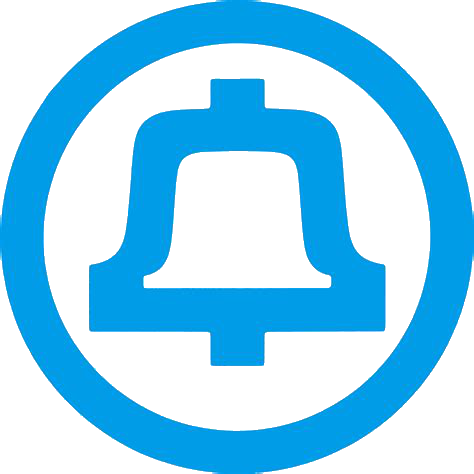Local Automatic Message Accounting

Local Automatic Message Accounting (LAMA) is a method of billing for long distance calls where the billing records are created and stored at the same central office that the call originated from. This is in contrast to CAMA, where the call records are sent elsewhere for aggregation and storage.
LAMA was first introduced in a step by step office Culver City, CA in the January 1944[1]. When a customer dialed a billable call, an operator was connected to the line and requested the subscriber's telephone number. The operator then keyed this number into her switchboard, and a ticket was printed automatically by a ticket printing machine attached to the outgoing selector.
Although this installation was successful, it did not continue to be deployed in other offices. Instead, further development was undertaken and LAMA was then re-introduced in an improved form with the No. 5 Crossbar in the late 1940s. LAMA was subsequently outfitted into the No. 1 Crossbar in the late 1950s.
Implementation
LAMA required call detail records to be created and stored locally. To that end, the telephone switch had to identify the calling party, and track the connection state for each billable call. The methods of identification differed depending on the type of telephone switch involved.
No. 5 Crossbar were designed for LAMA from the outset. When a subscriber began to place a phone call, the location of their line on the switching fabric was stored, and passed along with their call as it progressed through the switch. Once their call reached a stage where billing had to take place, a transverter was called in by an outgoing sender which was attached to the call. The transverter accepted the calling line location as input, and used a Dimond ring translator to decode the calling line location into a 7-digit calling telephone number. This calling telephone number was recorded on special paper tape using an AMA perforator. In addition to the calling party's telephone number, the time of day, and a special billing index were also recorded, which enabled the call to be found and processed later.[2]
No. 1 Crossbar offices outfitted for LAMA required substantial equipment additions, since the original equipment design did not contemplate detailed message accounting. In order to make LAMA possible, transverters, translators, recorders, and calling line registers had to be equipped in sufficient numbers to care for the number of subscribers being served by that office.[3]
